News
NFTs suffer worst performance since 2020; report
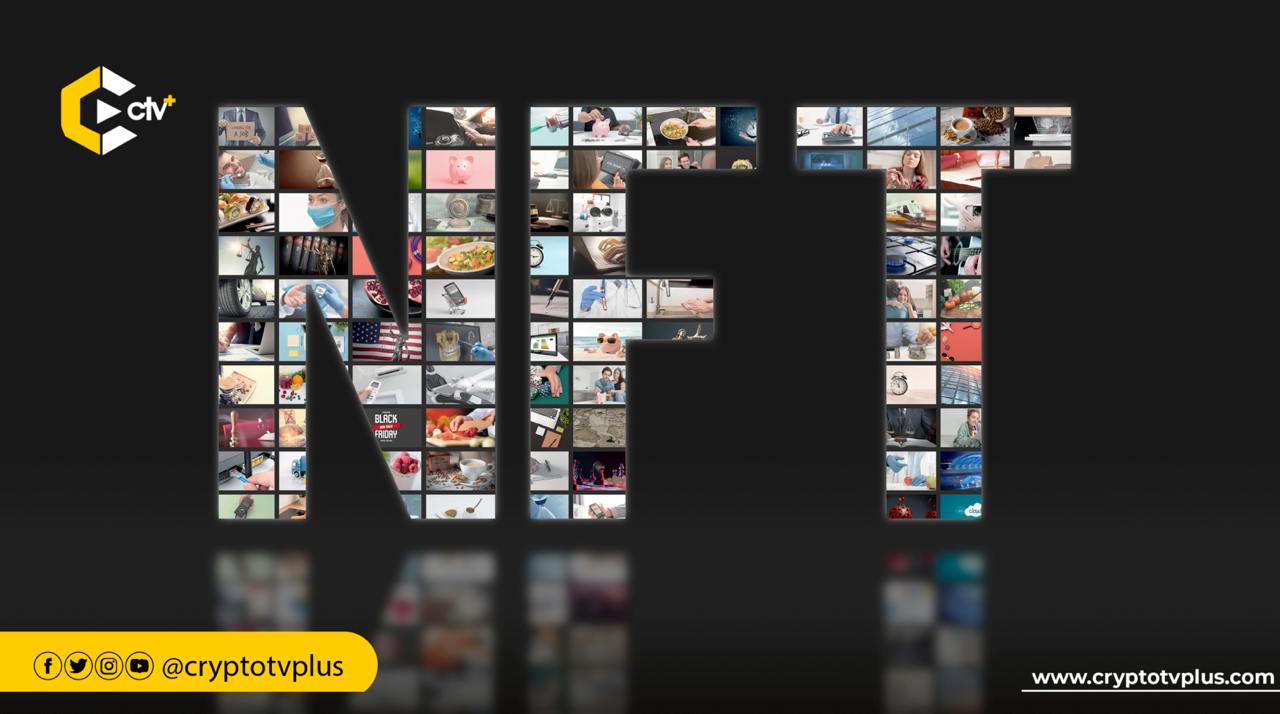
The year 2024 will be remembered as one of the most challenging periods for the NFT market since its meteoric rise in 2020. Despite early optimism, with trading volumes reaching a promising $5.3 billion in Q1 (a 4% increase compared to the same quarter in 2023), the overall performance of NFTs fell sharply to its lowest since 2020.
A recent report by DappRadar revealed NFT trading volumes slumped to just $1.5 billion by Q3 of 2024. Although, a modest recovery followed in Q4, with trading volumes rising to $2.6 billion.
While the fluctuations were notable, a deeper analysis showed a troubling trend: the number of NFT sales fell significantly. This decline, coupled with rising NFT prices, suggested that higher token prices, particularly for ETH, made NFTs less accessible to the average buyer.
Ethereum is one of the most popular blockchains for NFTs because of its security, widespread adoption, and compatibility with many NFT marketplaces. However, it is also known for being expensive, which significantly affects NFTs launched on the chain. The primary reason for these high costs is Ethereum’s transaction fee.
Transaction or gas fees are the charges users pay to process transactions on the Ethereum network. These fees are determined by network demand: when many people are using Ethereum simultaneously, gas fees can skyrocket. For NFT transactions, such as minting (creating a new NFT), buying, or selling, these fees are often so high that they outweigh the value of the NFT itself, especially for smaller or less expensive items.
This cost barrier discourages smaller creators and buyers, limiting the market to wealthier participants or high-value NFTs. For example, minting an NFT on Ethereum during periods of high demand can cost hundreds of dollars, making it impractical for casual users or those experimenting with NFT creation.
The high costs also impact the secondary market, where NFTs are resold. Buyers and sellers must factor in gas fees, which can eat into profits or make NFTs less attractive to potential buyers.
Per the report, among top NFT collections, Pudgy Penguins emerged as a surprising leader in trading volume. Pudgy Penguins is a popular NFT collection that features a series of adorable, hand-drawn penguin characters. The collection was created by a group of artists and developers who sought to combine the fun of owning unique digital art with the excitement of the broader NFT community.
Launched in 2021, Pudgy Penguins became well-known for its strong community focus, with its holders often interacting through social media, events, and collaborations. The collection gained substantial popularity, particularly among NFT enthusiasts who valued its cute, approachable aesthetic compared to other, often more complex, NFT projects.
In 2024, Pudgy Penguins took steps to expand its brand beyond just NFTs. The team launched physical merchandise, such as plush toys, which were sold in major retail stores like Walmart, Target, and Selfridges. This move helped bring the penguins to a wider audience and demonstrated that NFTs with tangible, real-world applications could hold long-term appeal.
Pudgy Penguins also entered the world of sports through a partnership with the Spanish football club CD Castellón, becoming the first profile picture (PFP) NFTs to appear on a professional football team’s uniforms. This move further established the collection’s relevance and impact, showing that NFTs could bridge the gap between digital art and physical industries. Despite a 44% drop in sales count, their floor price surged by 114%.
Yuga Labs collections saw a decline in market influence. Floor prices for their projects dropped, but the company has ambitious plans for 2025, focusing on their immersive metaverse platform, Otherside, and teasing a collaboration with artist PP Man.
Gaming NFTs, and NFT marketplaces
Gaming-related NFTs continued to dominate the market by sales count. Among NFT marketplaces, Blur maintained its lead throughout much of 2024, thanks to aggressive airdrop campaigns and a zero-fee trading model. However, the platform faced stiff competition in Q4, as OpenSea caught up in market share.
Per the report, OpenSea had a challenging year. In August 2024, the U.S. Securities and Exchange Commission (SEC) issued a Wells Notice against the platform over concerns about unregistered securities. This regulatory pressure, coupled with a declining market, led OpenSea to lay off 56% of its workforce in November. The company is now focused on “OpenSea 2.0,” with hints of a token launch to regain its footing.
Meanwhile, Magic Eden outperformed OpenSea by diversifying its offerings. Originally focused on Solana, the platform expanded to Ethereum, Polygon, Bitcoin, and newer networks like Base and Arbitrum. On December 10, 2024, Magic Eden launched its $ME token, accompanied by a $700 million airdrop to strengthen its ecosystem.





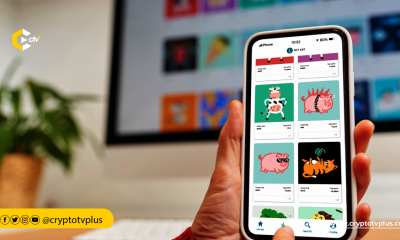



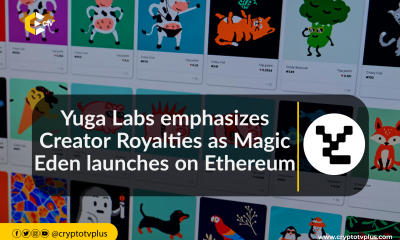

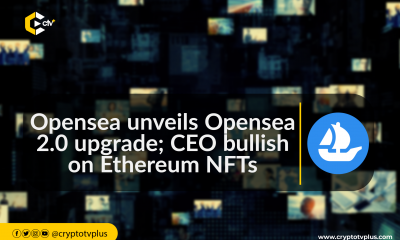

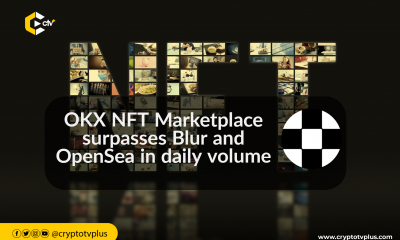



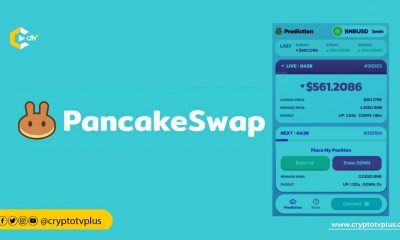

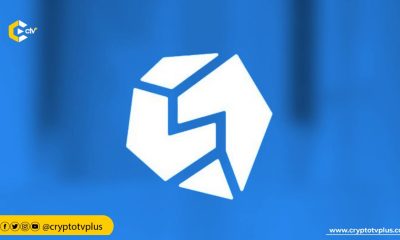



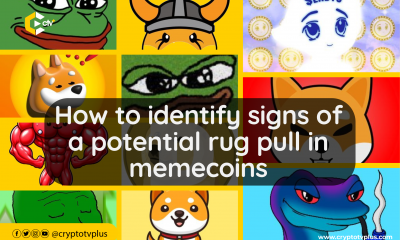

Pingback: DeFi TVL surged 211% to $214B in 2024; Solana jumped 2,000%. | CryptoTvplus - The Leading Blockchain Media Firm
Pingback: Trading Volume In NFTs Decreased By 63% Since December According To CryptoTvplus - CryptoInfoNet